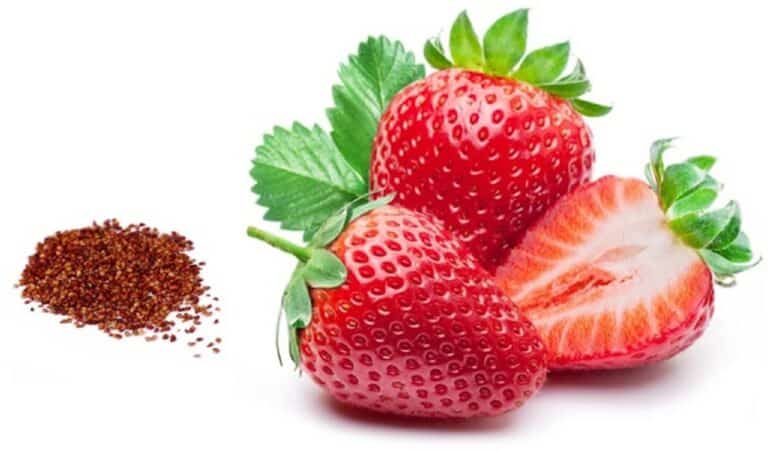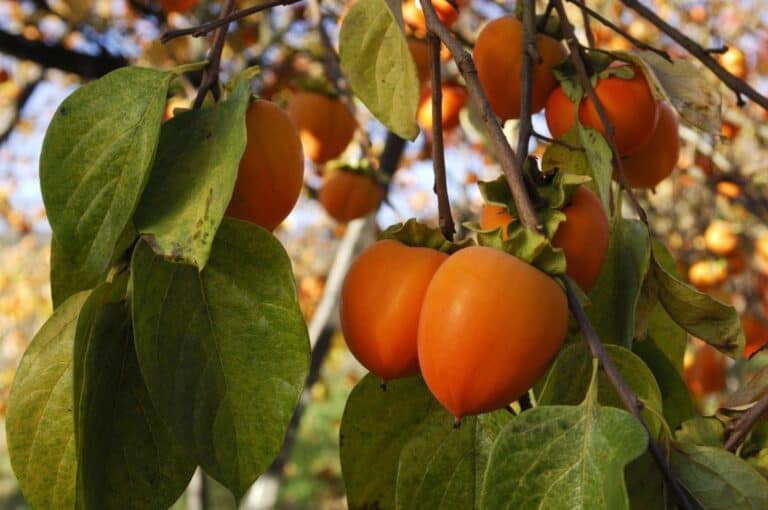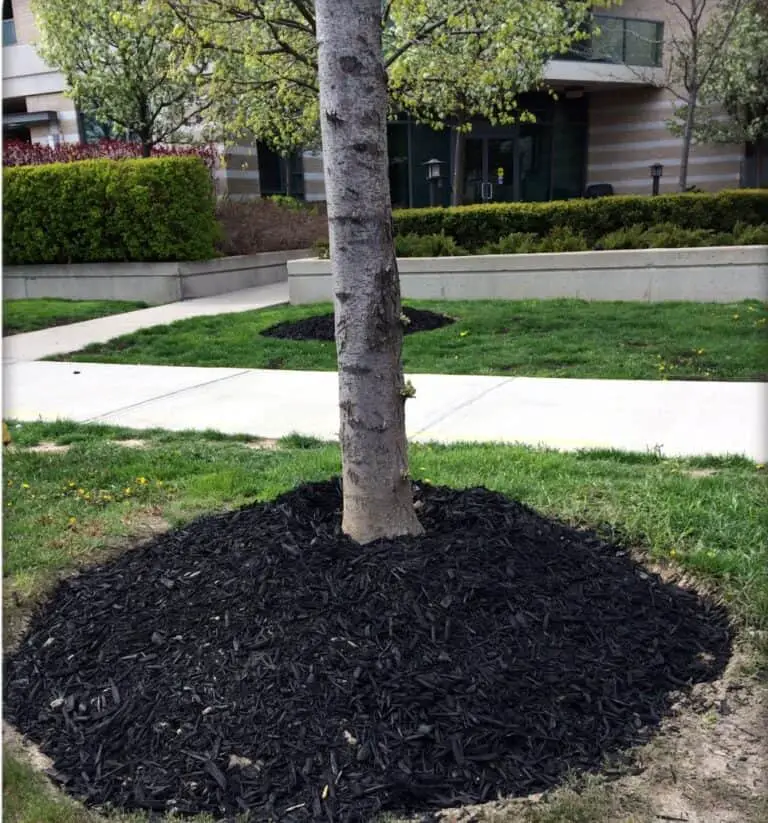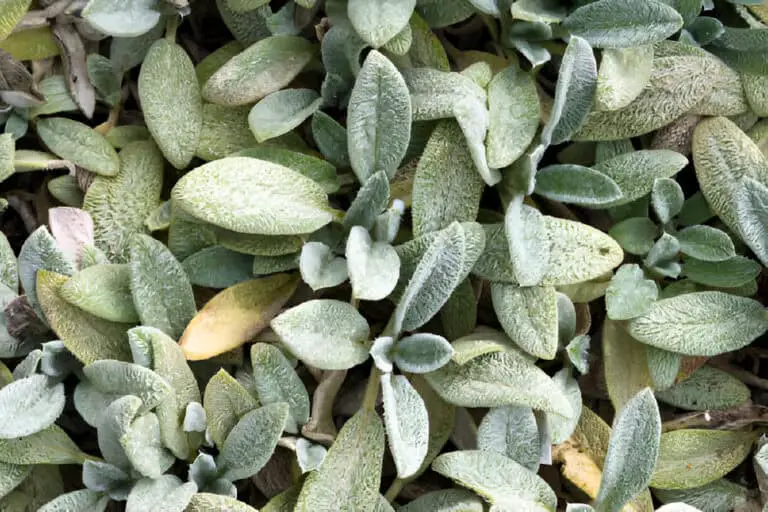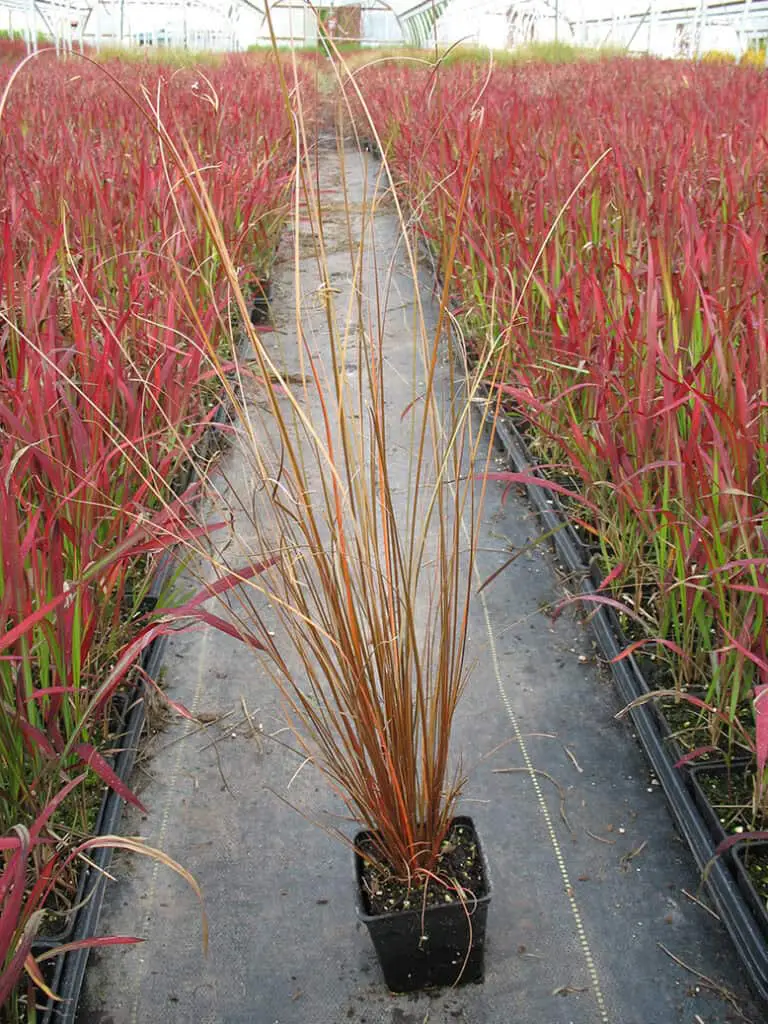Seedless Watermelon With White or Yellow Inside: Is It Safe to Eat?
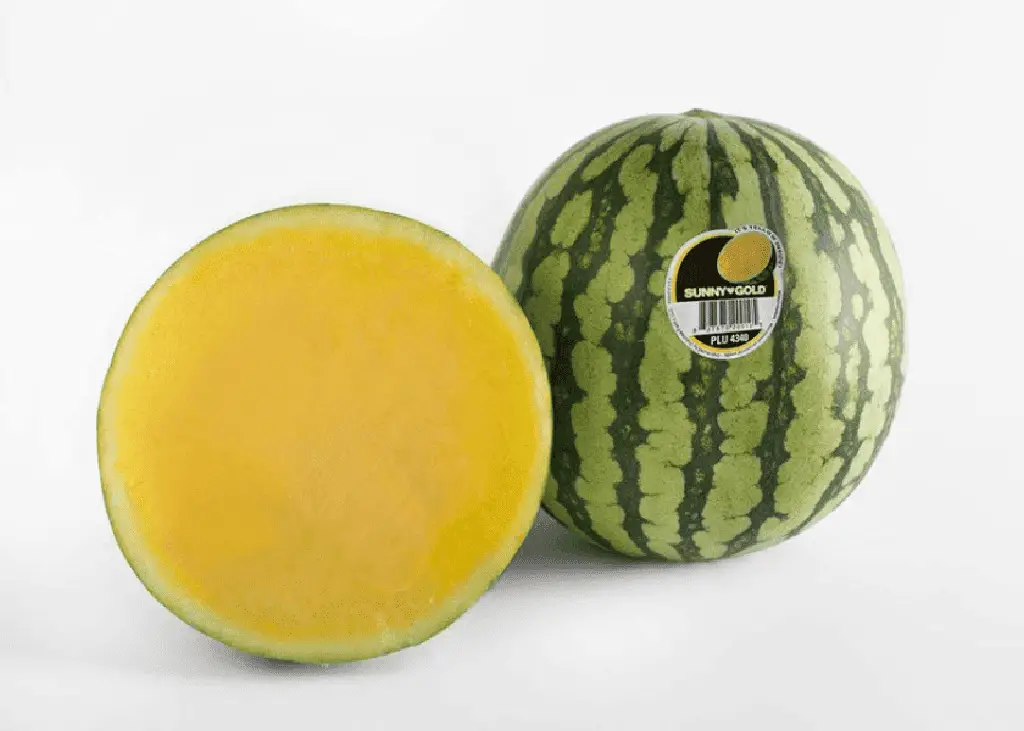
When summer’s scorching sun beats down, few things can rival the sheer delight of sinking your teeth into a crisp, juicy slice of watermelon. It’s a seasonal staple that conjures up images of picnics, poolside gatherings, and sticky-faced kids. But what if your slice of watermelon reveals a surprise? Instead of the familiar sea of ruby red, you encounter a pristine white or radiant yellow interior.
These unexpected hues might give you pause, perhaps even raising a question mark about their safety and taste. Are they safe to eat, and what’s the story behind their unique colors? Fear not, for in the world of watermelons, diversity thrives, and these peculiar shades are not only safe to devour but offer a flavor journey like no other.
Join us as we peel back the rind on these remarkable seedless watermelons, uncovering the secrets of their unique colors and exploring their nutritional treasures. By the end, you’ll be armed with all you need to savor these exquisite melons with confidence, turning your summer snacking into a colorful adventure.
The Popularity of Seedless Watermelons
The popularity of seedless watermelons has skyrocketed in recent years, and it’s not hard to see why. These sweet and juicy fruits are a favorite summertime snack for many, offering a refreshing burst of flavor with every bite. But what exactly makes these melons so popular?
One reason is their convenience. With no pesky seeds to deal with, eating a seedless watermelon is as easy as slicing it up and diving right in. This makes them perfect for picnics, parties, or any occasion where ease of eating is valued.
Another factor contributing to the popularity of seedless watermelons is their consistency in taste and texture. Seedless watermelons are sweet throughout the melon, unlike traditional ones, which vary in sweetness depending on ripeness and seeds. This consistency makes it easier for consumers to know exactly what they’re getting each time they purchase a seedless watermelon.
Furthermore, the absence of seeds also opens up new possibilities for culinary creativity. Seedless watermelons lend themselves well to innovative recipes such as salads, smoothies, or even grilled dishes.
Without having to worry about removing seeds when preparing meals or desserts featuring watermelon, home chefs have more time and freedom to experiment with different flavors and combinations.
The Science of Seedless Watermelons
The creation of seedless watermelons involves a scientific technique known as “polyploidy,” which is a process of artificially increasing the number of chromosomes in an organism. In this case, the triploid watermelon plants have their chromosome number intentionally modified to create a sterile environment for seed development.
The intentional sterilization of these plants allows for the growth of seedless fruits that are perfect for consumption. It’s important to note that these seedless watermelons are not genetically modified organisms (GMOs). Instead, they are a result of selective breeding practices.
Varieties of Seedless Watermelons
Seedless watermelons come in various sizes, colors, and flavor profiles. Some of the most popular varieties include:
| Variety | Description |
| Crimson Sweet | Known for its classic watermelon flavor and deep red flesh. |
| Sugar Baby | Compact in size, these watermelons are ideal for personal servings. |
| Yellow Doll | Featuring bright yellow flesh, this variety offers a unique flavor and appearance. |
| Queen of Hearts | These are oval-shaped seedless watermelons with a sweet, juicy taste. |
Each of these seedless watermelon varieties brings its own distinct charm to the table, catering to a wide range of preferences.
White-Fleshed Seedless Watermelon
White-fleshed seedless watermelons are an exotic and visually striking choice. Their pale, creamy interior offers a delightful contrast to the usual crimson hue. While they may seem unusual, rest assured, they are perfectly safe to eat.
White-fleshed watermelons are a result of natural genetic variations that reduce the presence of lycopene, the pigment responsible for the red color.
Nutritional Value of White-Fleshed Watermelon
| Nutrient | Amount per 100g |
| Calories | 30 |
| Carbohydrates | 8g |
| Fiber | 0.4g |
| Protein | 0.6g |
| Vitamin C | 8.1mg |
| Calcium | 7mg |
| Potassium | 112mg |
While white-fleshed watermelons may lack lycopene, they still offer vital nutrients. They are a refreshing source of hydration, containing about 90% water. Additionally, they provide vitamin C, a powerful antioxidant, and a touch of potassium. The taste is sweet and mildly tropical, making them a unique addition to your fruit salad.
Yellow-Fleshed Seedless Watermelon
Yellow-fleshed seedless watermelons are another delightful variation. They display a sunny, golden interior that is sure to brighten up your day. Like their white counterparts, these yellow-fleshed watermelons are absolutely safe to eat and enjoy.
Nutritional Value of Yellow-Fleshed Watermelon
| Nutrient | Amount per 100g |
| Calories | 30 |
| Carbohydrates | 8g |
| Fiber | 0.4g |
| Protein | 0.6g |
| Vitamin C | 8.1mg |
| Calcium | 7mg |
| Potassium | 112mg |
Yellow-fleshed watermelons share similar nutritional traits with their white counterparts. Their flavor is subtly sweet and often described as milder than the red-fleshed varieties. The vibrant yellow hue is attributed to a lower lycopene content and the presence of beta-carotene, which contributes to the color and provides additional nutritional benefits.
Are They Safe to Eat?
The safety of consuming white or yellow-fleshed seedless watermelons is a common concern. Rest assured, they are perfectly safe for consumption. These unique colors are the result of natural variations in the watermelon’s genetic makeup and do not indicate any harm or spoilage.
The crucial factor in determining the safety of any watermelon, regardless of its flesh color, is its freshness. Always ensure that the fruit is firm, free of mold, and has a sweet aroma. The flesh should be crisp and juicy, signifying seedless watermelon ripeness. As long as these criteria are met, you can relish your white or yellow-fleshed seedless watermelon with confidence.
Read: How Does Watermelon Grow and Reproduce Without Seeds?
Flavor and Culinary Uses
Beyond their safety, white and yellow-fleshed seedless watermelons offer a unique flavor profile that can enhance various culinary creations. Here are some exciting ways to enjoy them:
- Fruit Salads: Incorporate chunks of white or yellow-fleshed watermelon in your fruit salads to add a refreshing twist.
- Smoothies: Blend the flesh with other fruits and yogurt for a creamy and nutritious smoothie.
- Sorbet: Make a delightful sorbet by pureeing the watermelon and freezing it. It’s a guilt-free summer treat.
- Salsas: Dice the fruit and create a watermelon salsa with a blend of flavors, including lime, jalapeno, and cilantro.
- Cocktails: Muddle the fruit for a unique cocktail base or add it as a garnish to your favorite summer drinks.
- Refreshing Snack: Simply slice and enjoy as a hydrating and wholesome snack on hot summer days.
Health Benefits
White and yellow-fleshed seedless watermelons not only tantalize your taste buds but also offer health benefits. Here are some of the advantages of incorporating them into your diet:
- Hydration: With their high water content, these watermelons help keep you hydrated, making them an excellent choice during scorching summers.
- Vitamin C: They provide a dose of vitamin C, which boosts your immune system and promotes healthy skin.
- Low in Calories: Low in calories, they are a guilt-free snack for weight-watchers.
- Antioxidants: The presence of beta-carotene in yellow-fleshed watermelons offers antioxidant properties.
- Digestive Aid: Watermelons contain fiber, aiding digestion and promoting regularity.
- Heart Health: Potassium content supports heart health by helping maintain healthy blood pressure levels.
Tips for Selecting and Storing Seedless Watermelons
To ensure the best experience with your white or yellow-fleshed seedless watermelon, here are some tips for selecting and storing them:
- Look for Uniformity: The watermelon should have a uniform shape, free of irregularities.
- Check the Field Spot: The field spot, the part of the watermelon that rested on the ground while growing, should have a creamy, yellowish appearance for yellow-fleshed and a pale, yellowish tone for white-fleshed watermelons.
- Inspect the Skin: The skin should be firm, with no soft spots or bruises. A dull or matte finish indicates ripeness.
- Tap Test: Give the watermelon a gentle tap; it should produce a deep, hollow sound, indicating it’s ripe.
- Store Properly: Keep your watermelon at room temperature until cut, and then refrigerate the remaining portion. Cold storage can affect the flavor.
- Use Within a Few Days: Enjoy your seedless watermelon within a few days to savor its freshness.
In Conclusion
In the realm of refreshing summer fruits, both white-fleshed seedless watermelon and yellow-fleshed seedless watermelon stand out as delightful deviations from the ordinary. Not only are they safe to eat, but they also offer a burst of unique flavors and health benefits.
The edible white interior of seedless watermelons, with its mild and slightly tropical taste, adds a delicious twist to your seasonal fruit palate. Moreover, exploring the safety of eating white or yellow seedless watermelon is a journey that reveals their natural genetic variations, which reduce the presence of lycopene while maintaining essential nutrients.
These intriguing watermelons provide a nutritional value of white or yellow flesh in seedless watermelon that includes vital components like vitamin C, potassium, and hydration from their high water content. So, the next time you encounter these colorful delights at your local market, don’t hesitate to bring them home and embark on a culinary adventure that celebrates the beauty of diversity in nature while savoring the delightful taste and nutritional benefits they offer.
FAQs Safety of Eating White or Yellow Seedless Watermelon
How are seedless watermelons grown?
Seedless watermelons are typically grown through a process of cross-pollination, involving both male and female flowers. Breeders use a technique that includes crossing diploid and tetraploid watermelon varieties, resulting in triploid seeds that develop into seedless watermelons.
Are seedless watermelons genetically modified?
No, seedless watermelons are not genetically modified. They are the result of hybridization and cross-breeding techniques, not genetic modification. They contain three sets of chromosomes, which prevents the development of mature seeds
Are white-fleshed watermelons different from red-fleshed ones nutritionally?
White-fleshed watermelons differ slightly from red-fleshed ones nutritionally. While both types contain similar nutrients, white-fleshed varieties may have lower levels of lycopene but higher levels of citrulline. However, the overall nutritional disparity between the two is minimal.
Can you plant the seeds from a seedless watermelon?
Planting seeds from seedless watermelons may result in fruit, but they are unlikely to produce seedless watermelons. Seedless watermelons are cultivated through specific breeding techniques that involve crossing different types of watermelon plants.
How long does seedless watermelon last in the fridge?
Yes, it is safe to consume seedless watermelon with white or yellow flesh. The color variation is due to different levels of pigment in the fruit, and the consumption of these variations poses no health risks. However, always ensure that the watermelon is fresh and properly stored.
Is it safe to consume seedless watermelon with white or yellow flesh?
Eating seedless watermelon can provide various health benefits, including hydration, a rich source of vitamins A and C, and a good dose of antioxidants like lycopene. Additionally, it may aid in digestion and promote healthy skin due to its high water content and nutrient profile.
How do you select a ripe seedless watermelon at the grocery store?
Seedless watermelon with white or yellow flesh can be used in various refreshing recipes. Popular options include white watermelon gazpacho, yellow watermelon salad with feta and mint, or white watermelon sorbet. These recipes highlight the unique flavors and textures of the different flesh varieties.
How does the taste of seedless watermelon with white or yellow flesh differ from traditional red-fleshed watermelon?
The taste of seedless watermelon with white or yellow flesh is often described as milder and sweeter compared to traditional red-fleshed watermelon. The white-fleshed variant may have a crisper and milder flavor, while the yellow-fleshed variety could offer a subtly tropical or honey-like sweetness. However, the taste difference is generally subtle and may depend on the specific variety and growing conditions.

